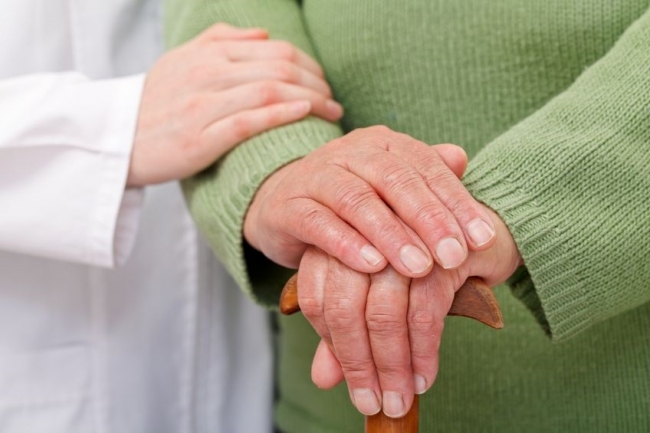
Psoriatic arthritis (PsA) is a condition that occurs when the immune system becomes overactive. It often affects people suffering from psoriasis, a skin disease also related to the immune system. It can commonly be mistaken for rheumatoid arthritis, osteoarthritis, and gout and can range from a mild outbreak to being severely disabling. If not treated with medication, the disease can destroy the joints and render them non-functional. Men and women are equally at risk of contracting the disease.
There are different types of PsA. The symmetric version, which accounts in about 50% of all cases, affects joints in pairs on both sides of the body like both elbows or both knees. Asymmetric PsA occurs in about 35% of all cases and targets a few joints which could be any within the body e.g. fingers and toes. These can swell up considerably. Distal interphalangeal predominant (DIP) PsA typically affects small joints at the ends of the fingers and toes, including changes in the nails like pitting, white spots and the nails detaching from their nail beds. Spondylitis affects the backbone and causes stiffness and inflammation between the vertebrae and pelvis. It can attack the ligaments that connect muscles to bones and other connective tissue. The most virulent form of PsA is arthritis mutilans which, as the name suggests, mutilates small joints in the fingers and toes to the point that they become deformed. Fortunately, it occurs in only 5% of all PsA cases.
Statistics suggest that the disease can be hereditary. Over 40% of sufferers have a family member with joint or skin problems. A third of people suffering from psoriasis are also vulnerable to the arthritic form. Psoriasis is a skin disease causing a red scaly rash which can cover the elbows, knees, ankles, nails, hands, and feet. Both diseases arise from an autoimmune condition in which the immune system turns on itself and attacks the body it is supposed to protect. Psoriatic arthritis usually manifests between the ages of 30 – 50 but sometimes in childhood as well. Many people contract psoriasis first but this does not necessarily lead to the arthritic condition. And sometimes people contract the arthritis without getting any skin conditions.
Psoriatic arthritis can either come on suddenly or gradually on a case by case basis. Symptoms include painful, swollen, and stiff joints, morning stiffness, fatigue, and inflammation. Depending on the severity of the outbreak it may flare up occasionally or the symptoms may be continuously ongoing. It can also lie dormant in the body until triggered by an outside influence like a throat infection. Diagnosing the condition involves blood and other types of tests, imaging, and information about the individual’s medical history. Apart from affecting the joints, patients may suffer other conditions as a result including obesity, high cholesterol, diabetes, high blood pressure, and heart disease.
The principle form of treatment for the condition is controlling inflammation, normally through medication. This includes taking biologic, disease-modifying antirheumatic (DMARD), and non-steroidal anti-inflammatory (NSAID) drugs, depending on what is most suitable for the individual. Enzyme inhibitors are also a common form of treatments. While there are currently no cures for the disease, modern medications can control it so well, that it goes into remission where the patients experience no symptoms.
Patients should be encourages to exercise regularly to strengthen the muscles around the joints, expand motion, and alleviate pain. Exercise also helps with stress relief, better sleep, and relaxation. Other methods of treatment include splints, assistive devices, splints, and hands-on therapies like acupuncture, acupressure, and massage.





